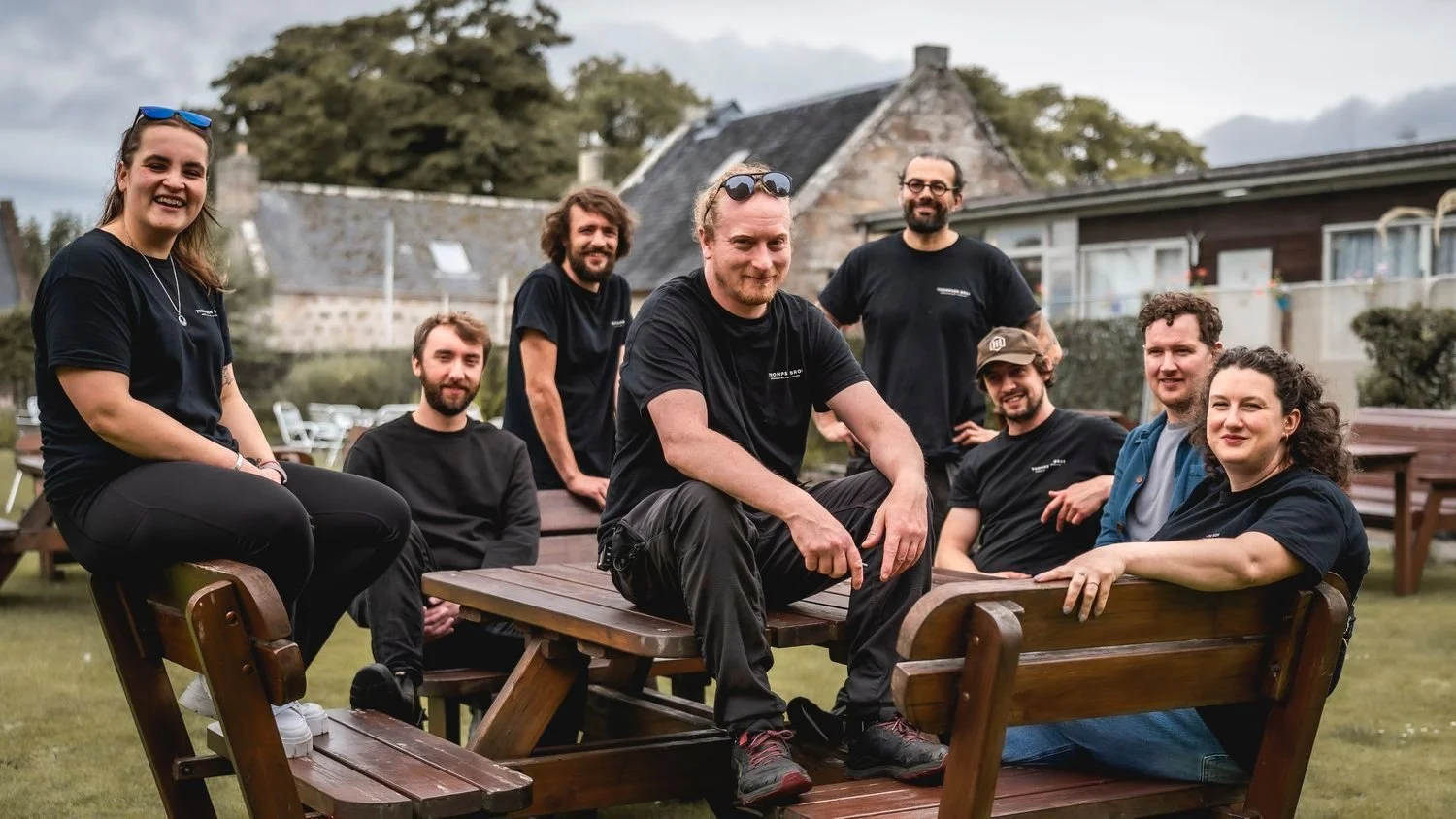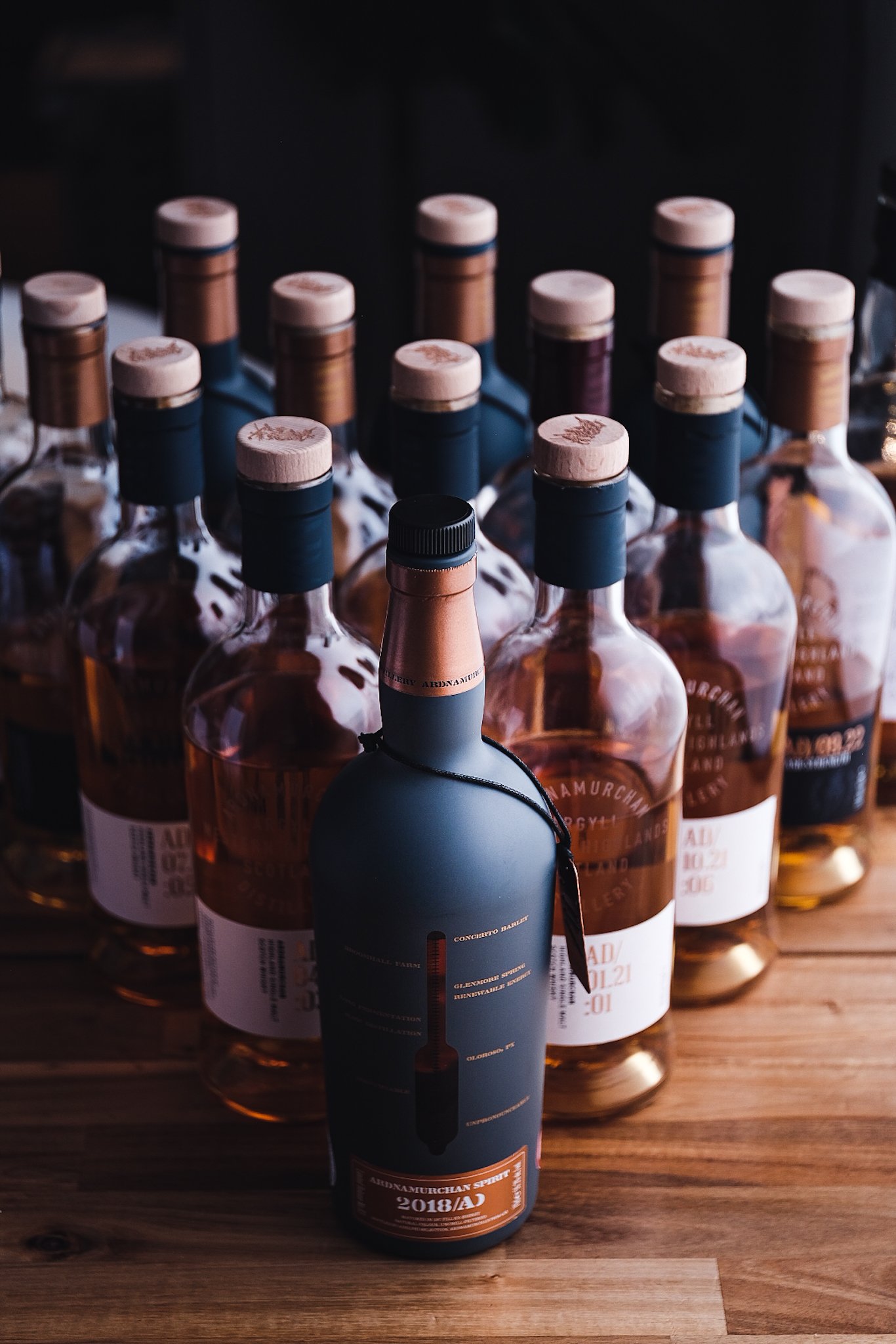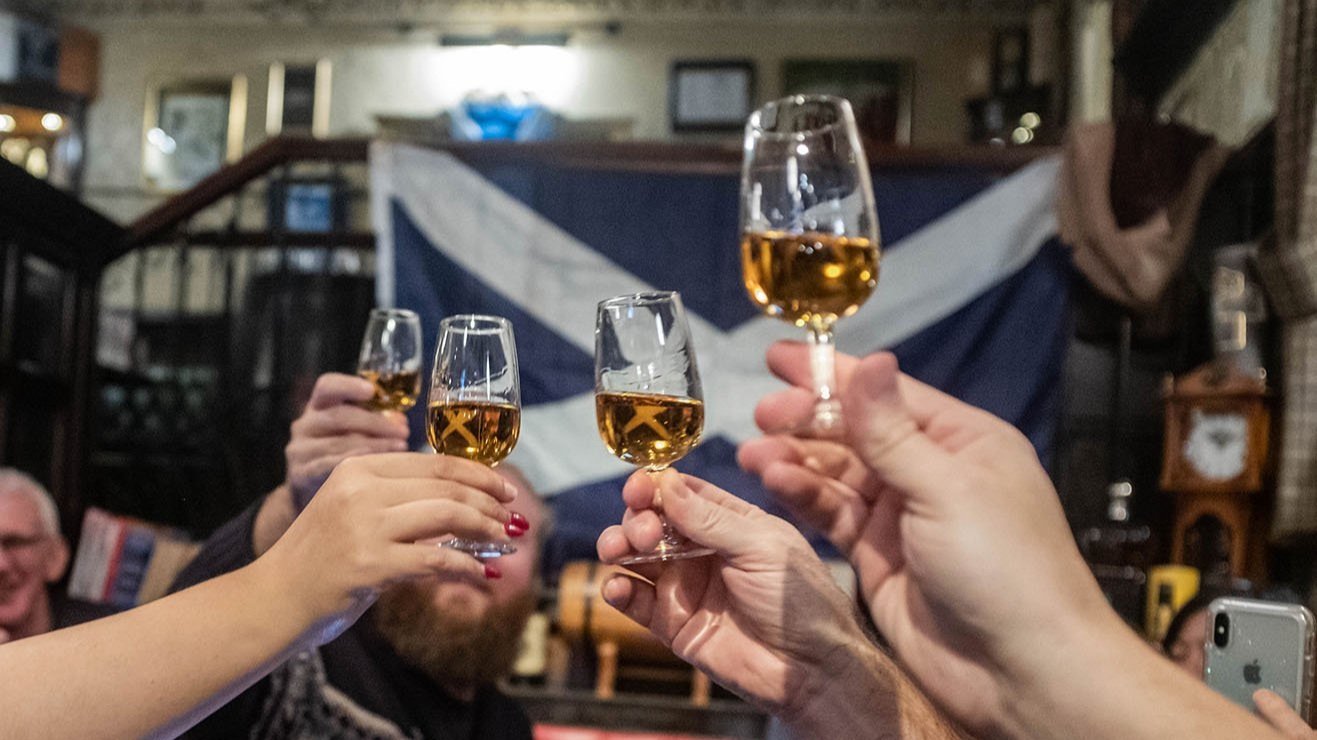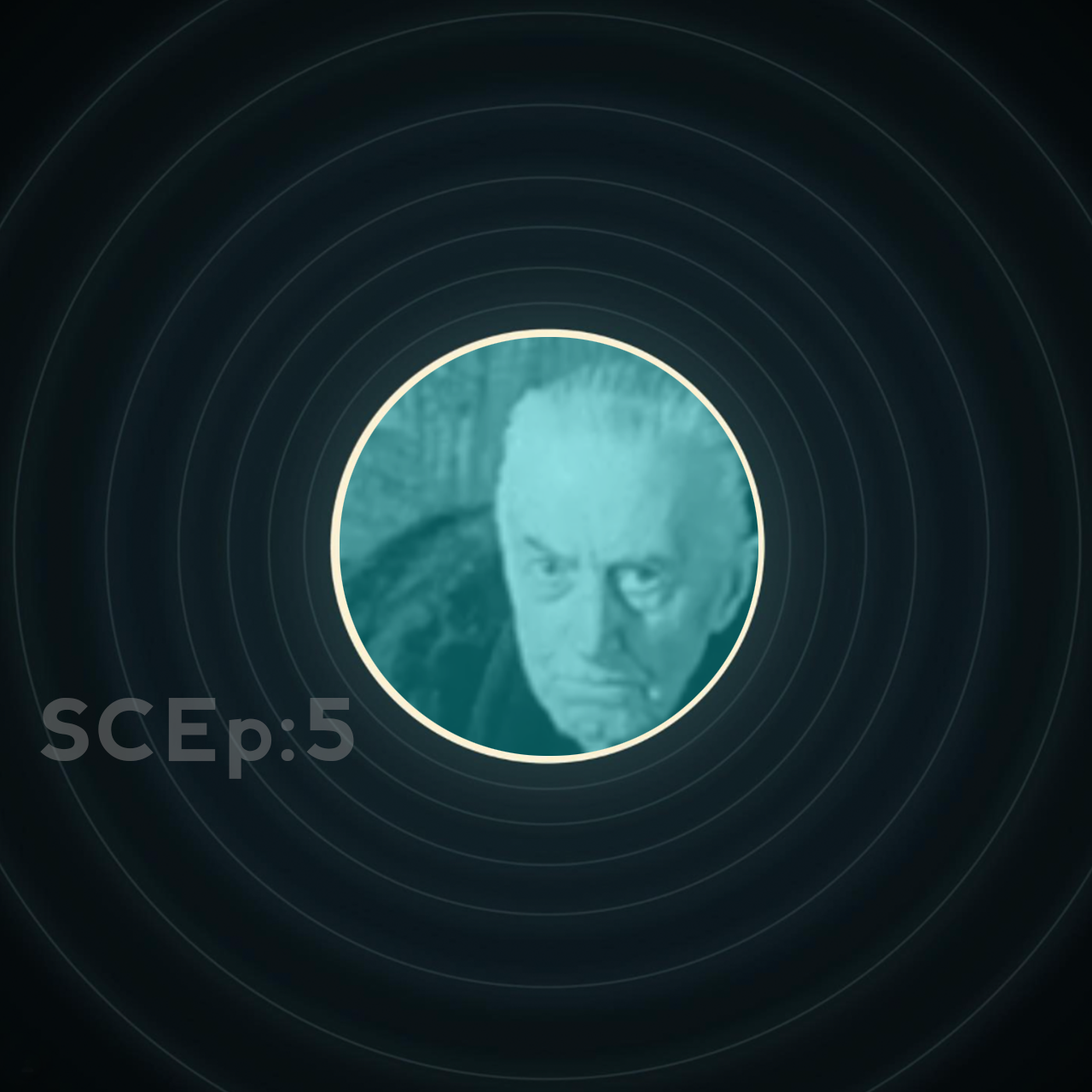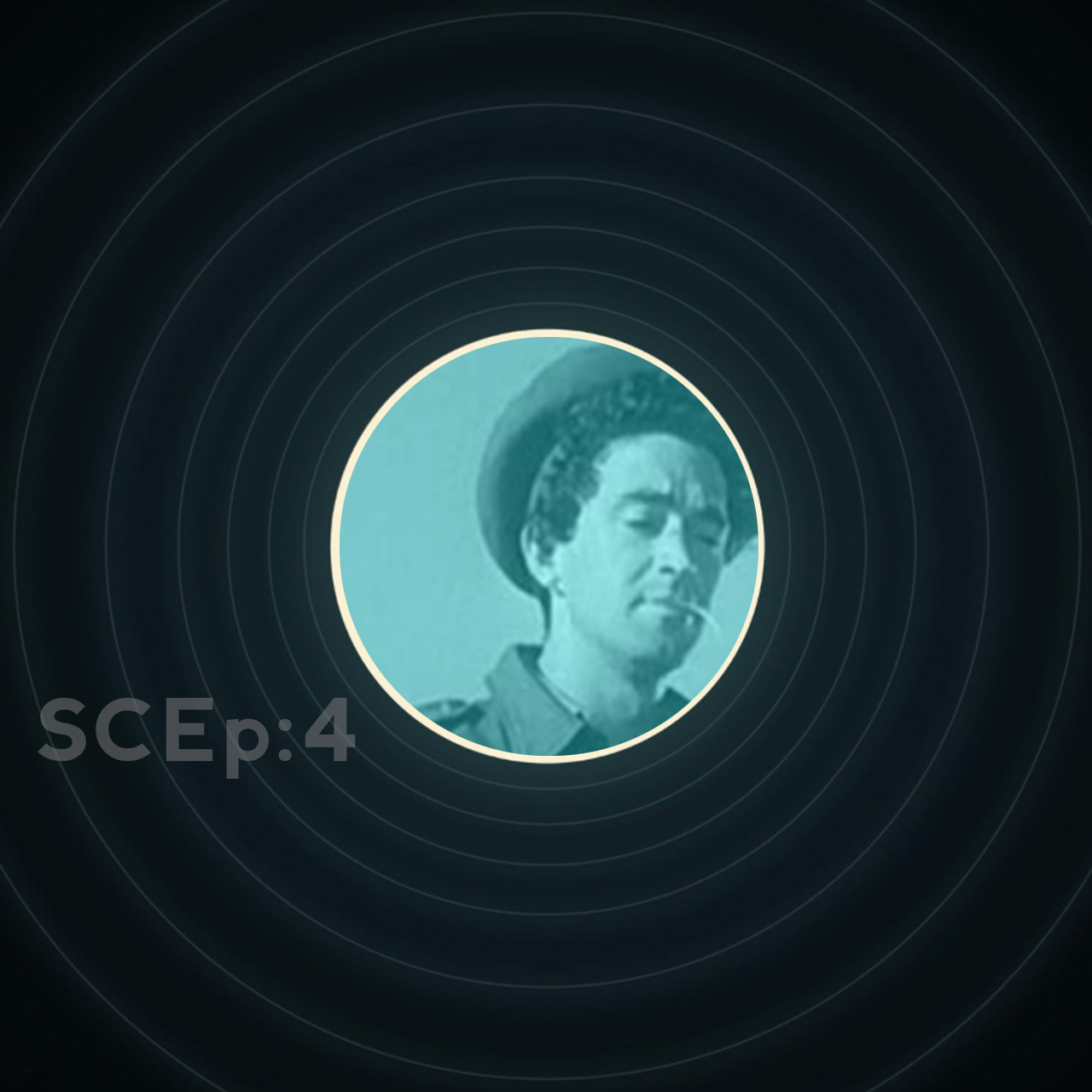Circumstance Organic Single Grain
English Whisky | 47.7% ABV
Score: 7/10
Very Good Indeed.
TL;DR
Very fruity and creamy with a lovely fizz. A distillery well worth exploring
A Refreshing Antidote to New Distillery Apathy.
This past couple of decades the appreciation of whisky has gathered pace, so much so that new distilleries have been cropping up all over the place in an attempt to take advantage of the good times.
The newbies that got themselves online earliest have seen a great deal of interest from excited whisky fans wanting to find out what they are all about and try their liquid. Many have been able to maintain that interest by producing excellent young whisky at fair prices.
However, we are now in 2024 and the bewildering number of new distilleries has left us a little fatigued. We’re no longer as excited about the new operations, often trying to make whisky the traditional Scottish way (whether they are in Scotland or not) and in many cases charging beyond what many of us are willing to pay for their young and often not-quite-ready whiskies.
Coupled with established distilleries who have been increasing their capacities and releasing more expressions than ever before, the shelves both in retailers and in our own whisky nooks are creaking under the pressure. This has resulted in discounted sales left right and centre in an attempt to get stock moving, and whisky buyers can afford to be much more selective about what they are going to spend their hard earned money on.
On top of that there’s a cost of living crisis following the Covid-19 pandemic. All of this means I don’t envy any new distillery releasing whisky in 2024 and beyond. You either need to be very competitively priced or have a point of difference that makes you unique to all the other newcomers. Ideally you need to be both which, I think, is where Circumstance distillery comes in.
I first came across Circumstance when I saw the Thompson Brothers had bottled a three year old from the distillery earlier this year. On paper a three year old English whisky presented at cask strength and from a single cask seemed fair value at £55, but it didn’t get my juices flowing enough to buy a bottle. There’s thousands of choices at that price point, so why would I be interested in an English whisky distillery I had never heard of at such a youthful age? I didn’t bother doing the research and left it alone.
Fast forward some time and I discover this whisky is causing a few waves in the community and people are loving it. Roy talked about it on his Aqvavitae channel following a recommendation from the brothers themselves, and I have noticed more than one mention on social media from other like minded whisky botherers.
By the time I eventually went to see if I could pick up a bottle it had sadly all gone. Even though I missed that particular release, I was now interested in finding more about the distillery and picking up something else from them.
The first purchase I made was a Master Of Malt own label bottling, which is a three year old from a single bourbon cask and bottled at 55.1%. On paper it was very similar to the Thompson Brothers bottle. At £45 it appeared to be a fairly good place to start, but I was then alerted to the fact it was on offer for £10 less than that.
The tasting notes of tropical fruits, apples and bananas had me sold too. It is perhaps a little raw and spirity, but I am a big fan of fruit forward styles of whisky and this bottle is full of fresh peach, banana and dolly mixture confectionery notes. It had me intrigued to discover more. I went online and amongst the small variety of bottles available from Circumstance’s own releases, the bottle I am reviewing today is the one I went for.
The distillery operates with very long typically two week fermentations, which broken down into hours is an incredible 336. That’s important when you compare it with what you would usually see from Scotch whisky distilleries, which are typically fermenting between 50 and 120 hours, with over 100 hours considered a fairly long fermentation time. Some may do up to a week, but two weeks is pretty much unheard of.
A whisky which I recently loved from Loch Lomond was their Distillery Edition Number 3 Extra-Long Fermentation, which had a three week fermentation time. It was impressively vibrant and fruit forward, with bags of flavour, which from everything I have read is what they are attempting to do at Circumstance. I’m still kicking myself for not buying a back up bottle of that Loch Lomond while I had the chance, but as always with whisky, another cracking bottle will be along before too long.
The prices Circumstance are charging for their whiskies are good too. Their single grain estate whisky retails for £45. They also produce organic single grain wheat, barley and rye whiskies all for £55. There is also an oat whisky in the line up which appears to have sold out. This use of different grains and mashbills without having to pay the earth is very attractive.
In Scotland, Inchdairnie and Arbikie are doing that and charging what I personally consider absurd prices. They are doing things on a grander scale than an industrial unit in Bristol and the building costs must have been high, but at the end of the day, all we as drinkers want is good whisky at reasonable prices.
The term single grain is a big stumbling block in the mind of many a whisky drinker, and I’m sure there will be some people won’t even read this review because they see those two words in the headline, but we aren’t dealing with industrially produced grain spirit from one of the big Scottish behemoths here, this is much more craft and flavour focused.
It’s going to take a long time for that negative impression people have whenever they see grain on the label to be stifled, no matter how much we talk about it.
Review
Circumstance Organic Single Grain, Official 2024 Release, 2:23:1:29:37, 47.7% ABV
£43 (£55 rrp)
It took me a little while to work out what the numbering on the bottle referred to. My best guess was it was similar to Ardnamurchan’s naming conventions to denote years, months and batch numbers, but the numbers didn’t quite compute. It’s only when you visit the Circumstance distillery website that it becomes clear that there is a page explaining the reference codes.
The first number is the batch, the second is the fermentation, the third is distillation, fourth is maturation and the fifth is age in months. From this we get the following fascinating detail regarding this bottle.
This is batch two and was fermented in two ways. One part is 80% malted barley, 20% roasted barley fermented for 12 days on new world strong ale yeast and Belgian abbey yeast. The other part is 85% organic malted barley, 15% organic raw distillers barley fermented with French saison yeast for 16 + days.
It was distilled in their stainless steel pot still with copper head and four plate copper column. It was matured in a combination of first-fill American oak ex-bourbon, 128 litre heavily toasted Spanish oak and 500 litre toasted Spanish oak cask that has been seasoned with oloroso sherry for 24 months. Finally, it was matured for 37 months. You couldn’t ask for much more detail than that.
Not every release from Circumstance up to now has been certified organic, but all future releases will be. Sustainability is key to them, as it should be for all distilleries in 2024 and beyond.
Score: 7/10
Very Good Indeed.
TL;DR
Very fruity and creamy with a lovely fizz. A distillery well worth exploring
Nose
Apple strudel and vanilla custard with edges of acidic apple cider vinegar, stewed plums, pina colada, fizzy refresher sweets, milk chocolate, roasted coffee beans and fresh oak.
Palate
Fruity and creamy with a lovely mouth coating texture. Juicy red apple with a fizzy effervescence that is followed by highland toffee, milk chocolate and light peppery spice. I’m also getting a nice peach iced tea note. The creaminess is a theme throughout and continues into the long finish, which includes liquorice, coconut, dark chocolate, leather, coffee and oak.
The Dregs
On the back label of this bottle there are two rows of text in bold. One is the web address of the distillery, the other is just two simple words – Flavour First.
Everything they are doing with their mashbills, long fermentations and use of casks has that mantra in mind, and it is translating to the glass in spades.
The fruit and the creaminess are the main themes in this whisky, but there’s lots more going on than that. The nose is very good, but the palate is where things are taken to the next level. The fruity fizz is delightful, and the finish is long and keeps dishing out different notes. For a whisky matured for just three years and a month it is remarkable in its roundness and complexity.
I have not tasted another three year old whisky as good as this.
If like me you are suffering from new distillery apathy, maybe it is worth seeking out the ones that are doing things a little differently.
Score: 7/10
Tried this? Share your thoughts in the comments below. RT
-
Dramface is free.
Its fierce independence and community-focused content is funded by that same community. We don’t do ads, sponsorships or paid-for content. If you like what we do you can support us by becoming a Dramface member for the price of a magazine.
However, if you’ve found a particular article valuable, you also have the option to make a direct donation to the writer, here: buy me a dram - you’d make their day. Thank you.
For more on Dramface and our funding read our about page here.





































